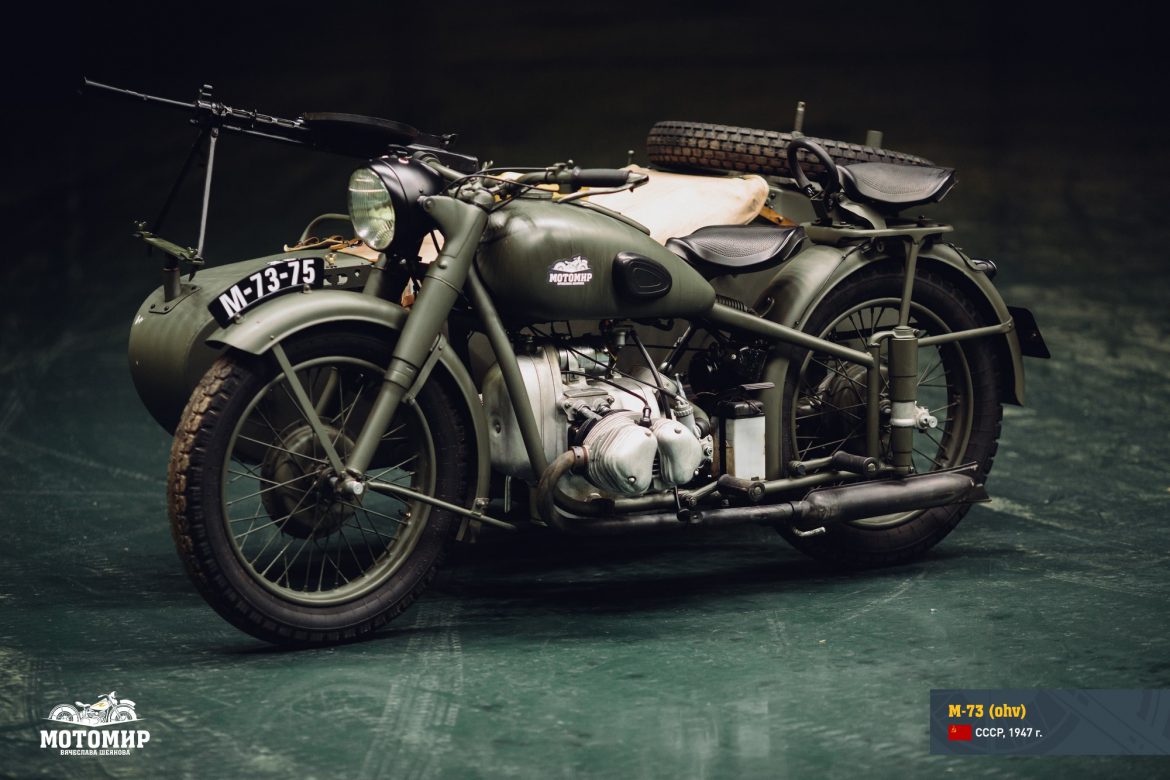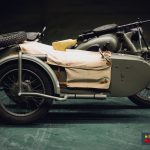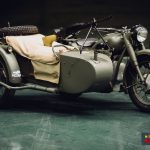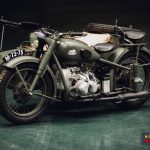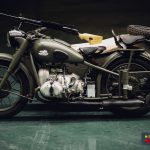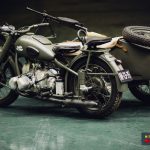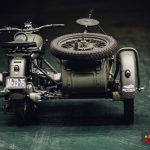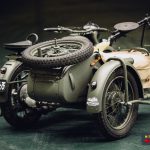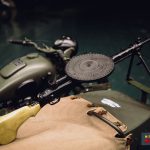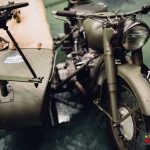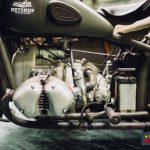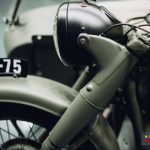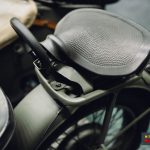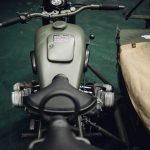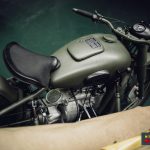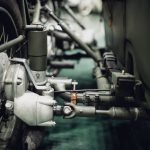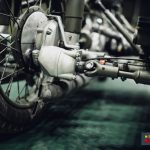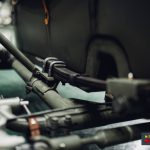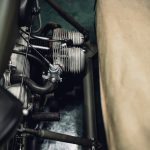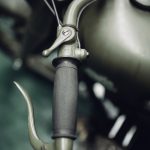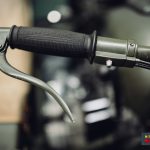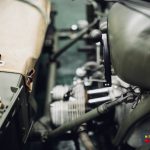This entry is also available in: Russian Chinese (Traditional)
Motorworld’s newspaper №71
In 1944, the General tank-automation command performed tests for motorcycles with a sidecar wheel drive. These machines were based on mass produced М-72 motorcycles. Two prototype models were manufactured (both had M-73 label): one was equipped with a standard M-72 engine and another had an experimental M-75 ohv engine, which was based on the mass produced M-72 engine, but with cylinders and cylinder heads replaced. Interestingly, the new engine was partially made of German parts (cylinder heads, specifically). Another fact that overhead engine showed an increased output and rpm but lower overall test results, compared to a standard flathead M-72 engine.
None of those two motorcycles remained until this day. 70 years passed since then, and now we have replicas built by Alexey Popov. Remember, it was built from scratch using the only survived drawing from the test report!
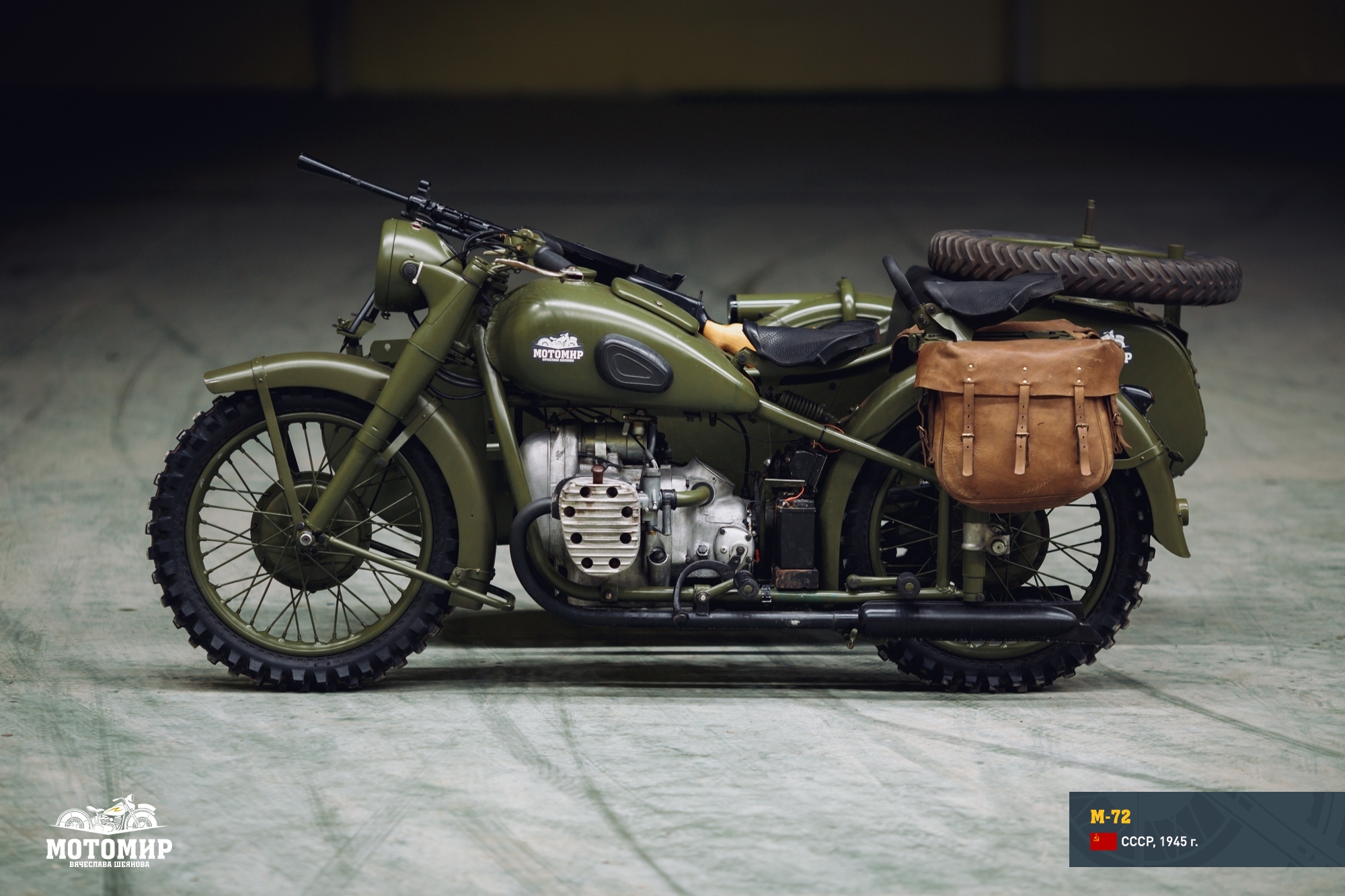
М-72 from the «Motorworld by V.Sheynov» collection
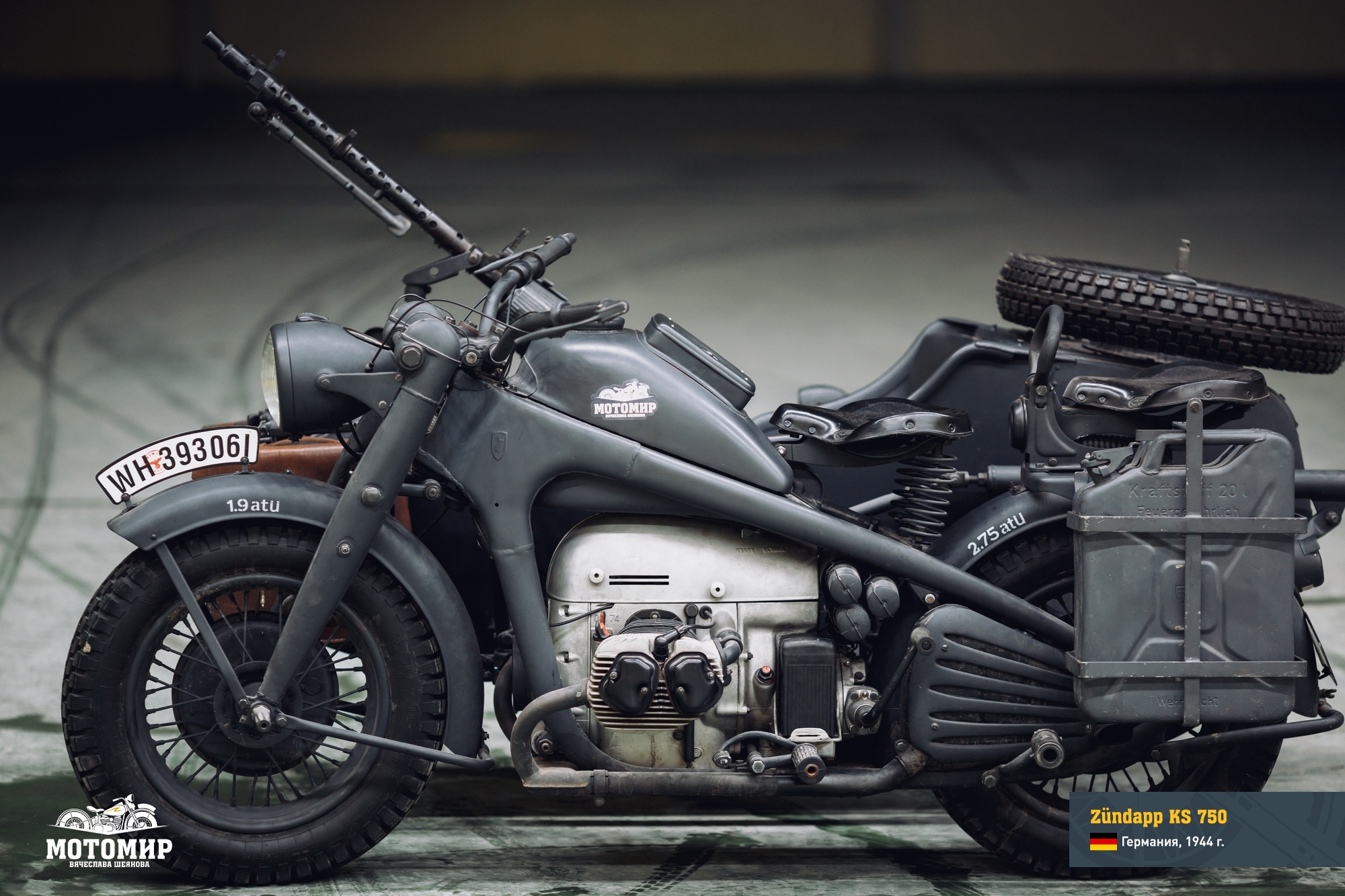
Zündapp KS 750 from the «Motorworld by V.Sheynov» collection
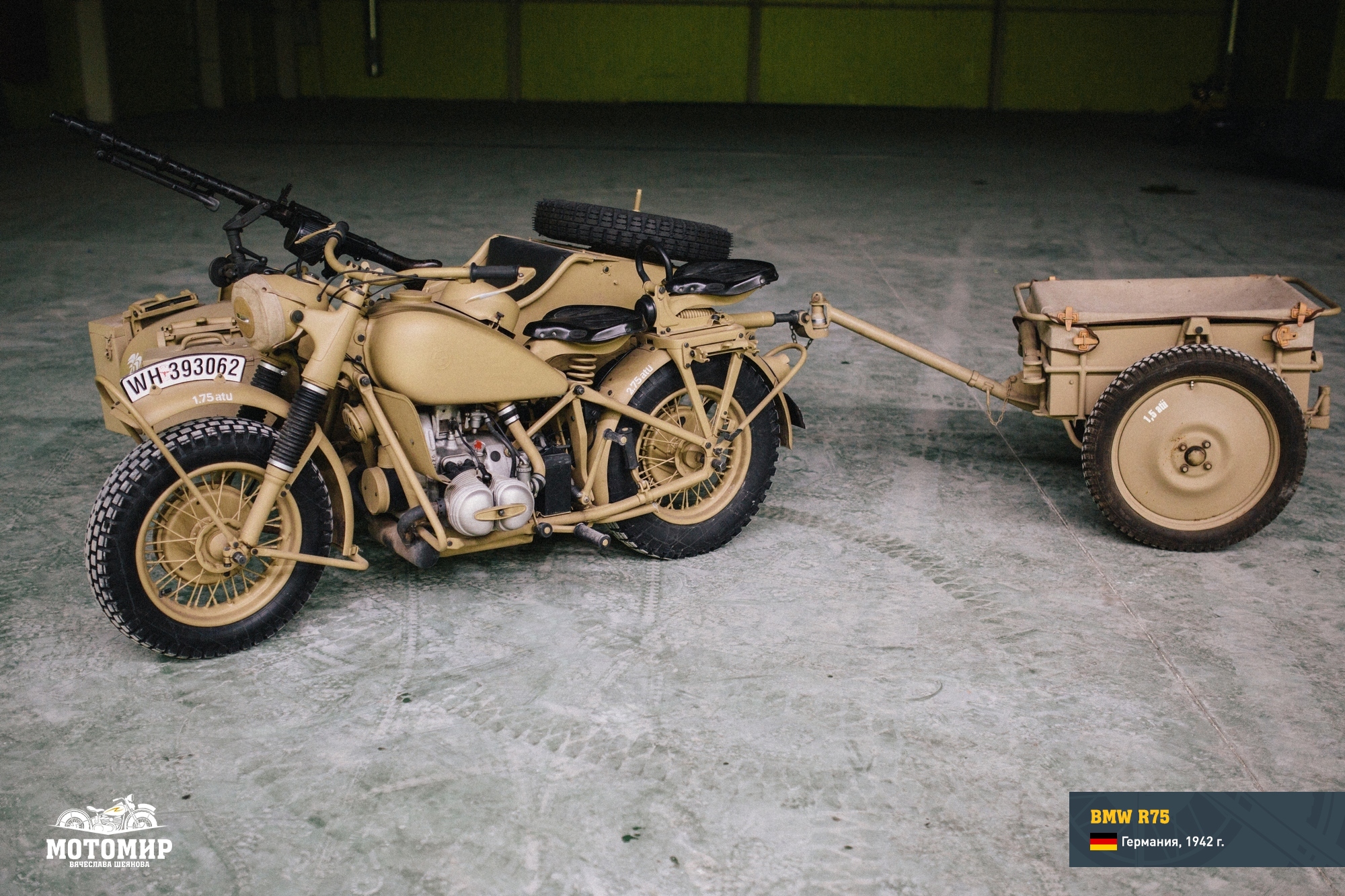
BMW R75 from the «Motorworld by V.Sheynov» collection
- sidecar wheel drive;
- sidecar wheel brake;
- reverse gear ratio was 4.62 (M-72 had a 3.79 ratio).
Along with two new M-73 motorcycles, a mass produced M-72 was put under the test. Both machines had to show the capabilities and advantages of the sidecar wheel drive. According to the report, the test objectives were as follows:
- To determine the operational and physical characteristics (M-73).
- To determine the reliability of assemblies & parts (M-73).
- To determine the performance data (M-73).
- To determine the M-72 motor output when using a sidecar wheel drive.
- To perform a comparative assessment of the off-road capabilities between M-73 and M-72.
The sidecar wheel drive fell short of expectations. Although, the M-73 showed better off-road capability compared to the mass produced model, considerable technical gaps were found (see the article describing a flathead M-73) engine). Therefore, M-73 didn’t go into production.
In 1947, the Central design bureau of the General Directorate for the production of motorcycles and bicycles launched another round of tests. As in 1944, two machines were put under the test: one machine was equipped with the M-72 engine, another with the M-75 engine (I7V). In order to determine the advantages of the sidecar wheel drive, the off-road capability of M-73 has been compared to M-72 (there were two test runs: with sidecar wheel drive on and off) and to BMW R-75. The BMW R-75 showed the best results, excluding one part of the test where the M-73 was a winner thanks to the sidecar wheel drive. Another advantage of M-73 was that if two people would jump off the bike, it could proceed further without stopping, while the BMW R-75 would definitely hit the ground with its frame.
During the tests in 1947, the motorcycles have covered about 5,000 kms of paved road, wetlands and muddy country roads. There were some serious breakdowns on the way that needed major repairs, so after all Professionals of the Central design bureau of the General Directorate for the production of motorcycles and bicycles came to a conclusion that “because of the design flaws, revealed during the tests, the M-73 motorcycle cannot be approved for further production”. It’s interesting that the military of the General tank-automation command had a dissenting opinion on this matter, “The M-73 can be recommended for serial manufacture if the drive gear is improved and followed by successful completion of tests”.
But that didn’t happen. The motorcycles, built for 1944 and 1947 tests, simply disappeared. However, thanks to Motorworld now everyone can get acquainted with the unique heritage of Soviet engineering!
| Years of manufacture | 1944, 1947 |
| Quantity produced, units | 2 |
| ENGINE AND TRANSMISSION | |
| Type | Twin-cylinder, opposite, 4-stroke, OHV |
| Engine capacity, cc | 746 |
| Bore and stroke, mm | 78 х 78 |
| Engine rating | Around 25 hp |
| Sparking | Battery |
| Carburetor | K-37 |
| Battery | 6 V |
| Clutch | Single plate |
| Transmission | 4-speed |
| FRAME AND WHEELBASE | |
| Frame type | Duplex tubular |
| Front suspension | Spring-mounted, with hydraulic shock absorber |
| Rear suspension | Candle-type spring-mounted, with no shock absorber |
| Brakes | Drum type |
| Wheel size | 3,75 х 19 |
| DIMENSIONS | |
| Length, mm |
2 380
|
| Width, mm |
1 690
|
| Height, mm |
1 000
|
| Wheelbase, mm |
1 400
|
| Ground clearance, mm |
132
|
| Seat height, mm |
790
|
| Mass, kg |
355
|
| Gas tank size, l |
21
|
| Maximum speed, km/h |
82,3
|
| Range, km |
|

